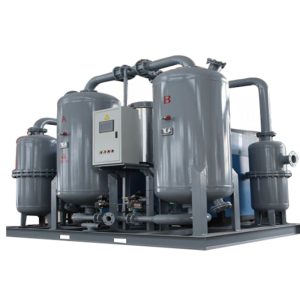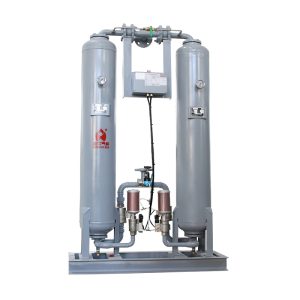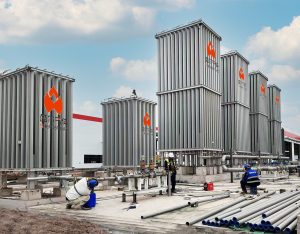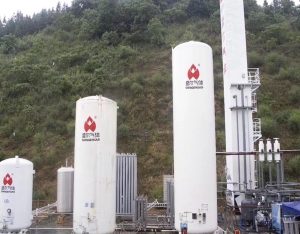A refrigerated air dryer is a machine that removes moisture from compressed air by cooling it down. Here’s a simple way to understand it:Imagine you have a glass ofwater on a hot day.
After a while, you’ll notice water droplets forming on the outside of the glass. This is because the cold drink inside has cooled the air around the glass, causing moisture in the air to condense into water droplets.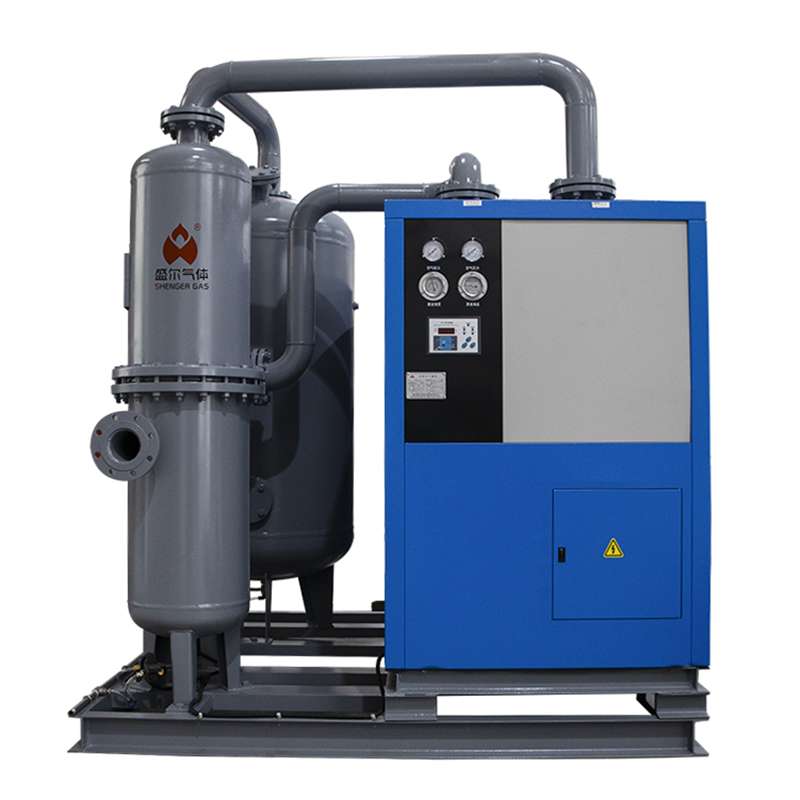
A refrigerated air dryer works on a similar principle. It cools the hot, compressed air, causing the moisture in the air to condense into water droplets.
These droplets are then separated and drained away, leaving the air dry.This dry air is useful in various industrial processes, as moisture can cause problems like rusting of equipment or spoilage of products.
Technical indicators
| Working pressure | 0.6 ~ 1.0 Mpa |
| Inlet temperature | ≤45℃ |
| Finished gas atmospheric pressure dew point | 2℃~10℃ |
| Control mode | microcomputer automatic control |
| Working cycle | 8h |
| Regenerated steam consumption | 1% ~ 3% can be choose |
Working principle of refrigerated air dryer
Refrigerant dryers are the most commonly used dryers in the industry and consist of an air-to-air heat exchanger and an air-to-refrigerant heat exchanger. The heat exchangers remove moisture from your compressed air by condensation of water within.This is essential to protect compressed air systems and every piece of equipment fed by compressed air from the harmful effects of moisture.
The most important criterion is to keep the relative humidity of compressed air below 50%.Both air-cooled and water-cooled refrigerant dryers are available. Basically, the dryers cool down the warm wet air coming from the compressor, When the temperature of compressed air reduces, moisture condenses and is drained from the compressed air with the help of a high-efficiency water separator.
After that, compressed air is reheated to around room temperature so that condensation does not form on the outside of the pipe system. This heat exchange between ingoing and outgoing compressed air also reduces the temperature of the incoming compressed air, and as such reduces the required cooling capacity of the refrigerant circuit.


